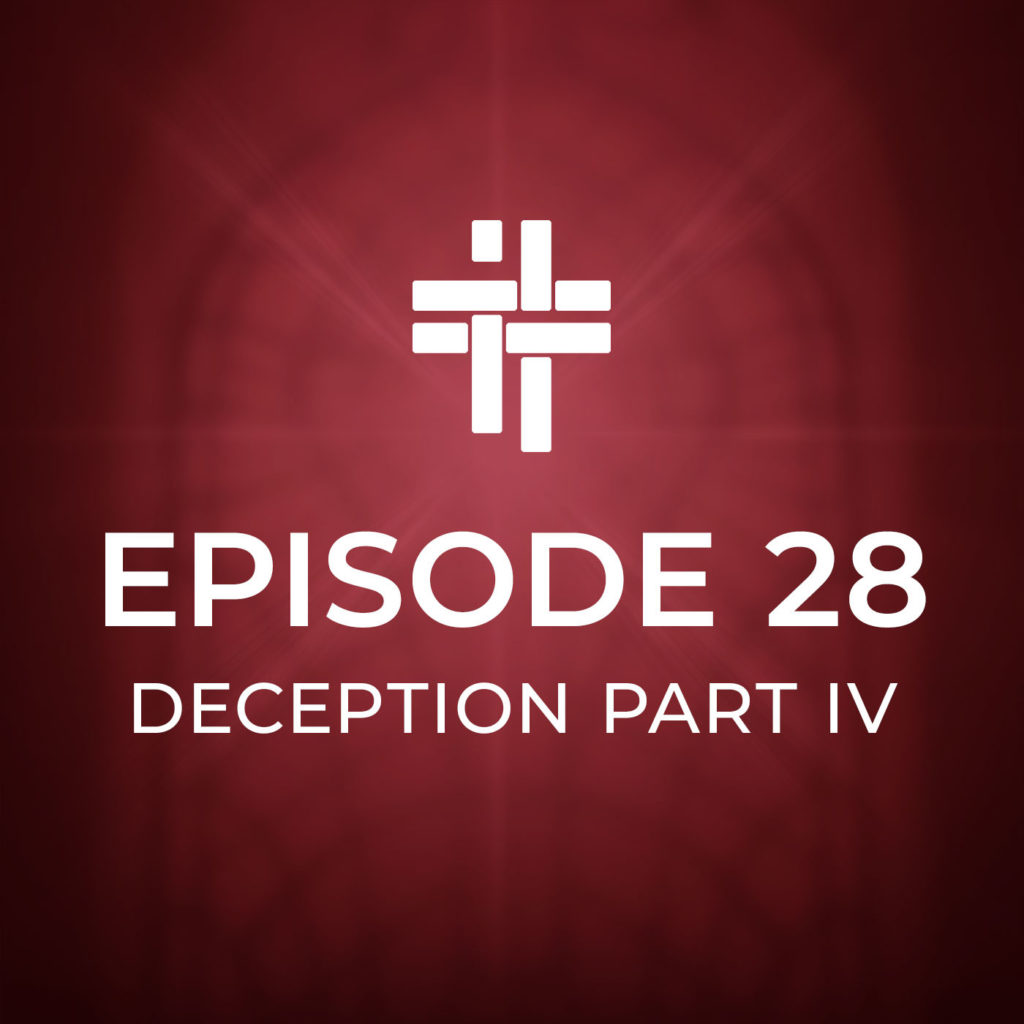Peacemakers probably do not anticipate being called upon to be detectives, but Destructive Hidden Influences make this necessary. Peacemakers must become sleuths in the tradition of Columbo, the television detective. Peacemakers must develop detective skills and become skilled at uncovering the villains, the underlying drivers of conflict. In a manner similar to detectives who solicit and listen to eyewitness crime reports, peacemakers elicit conflict narratives.
Podcast: Play in new window | Download (Duration: 12:54 — 17.7MB) | Embed
Subscribe to the podcast
Credits
“Angel Share” and “Concentration” Kevin MacLeod Licensed under Creative Commons: By Attribution 3.0 License


